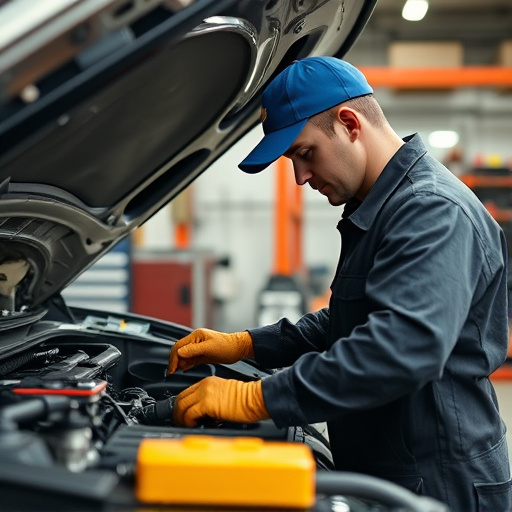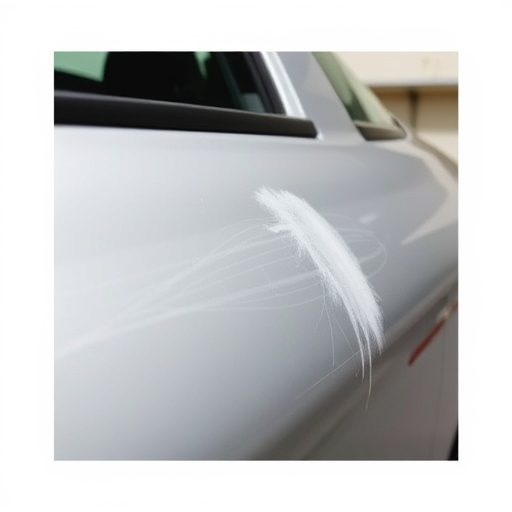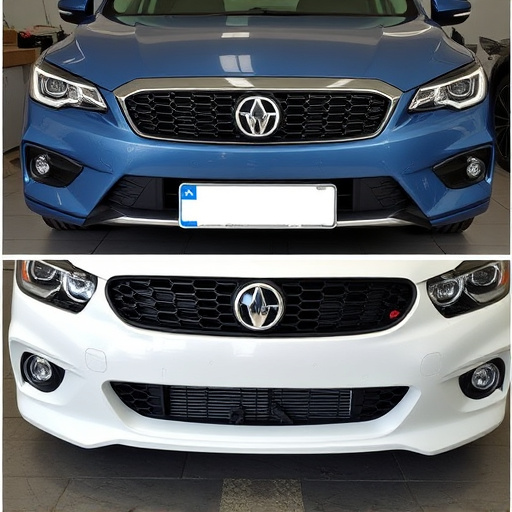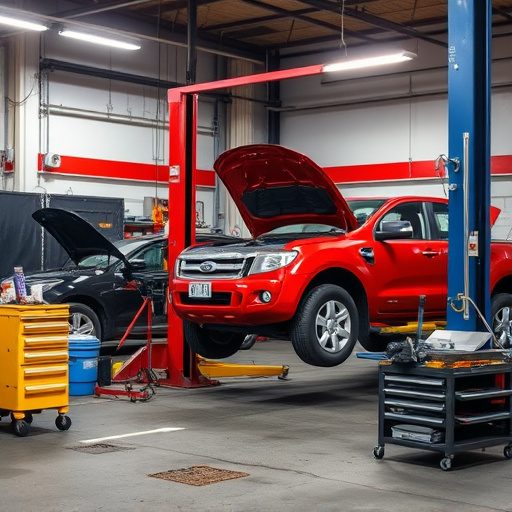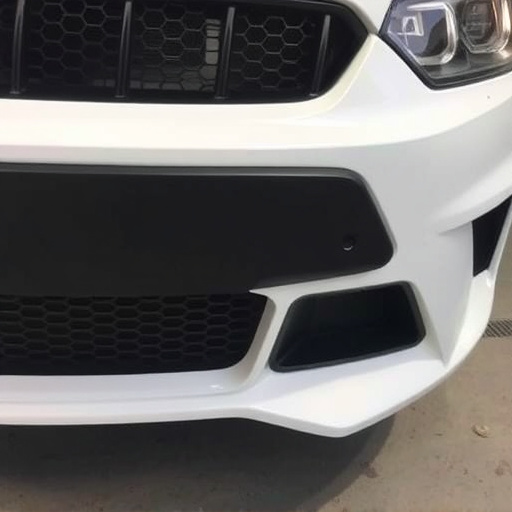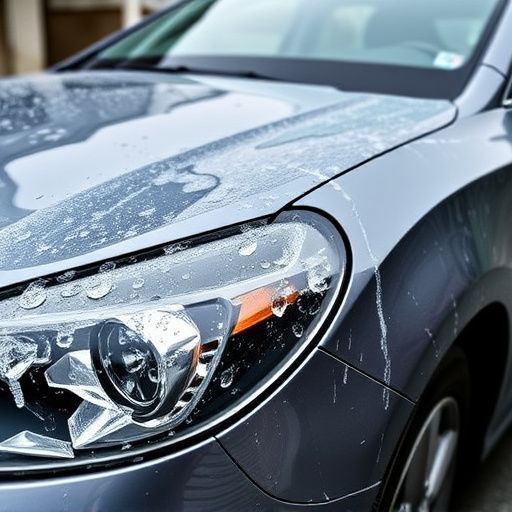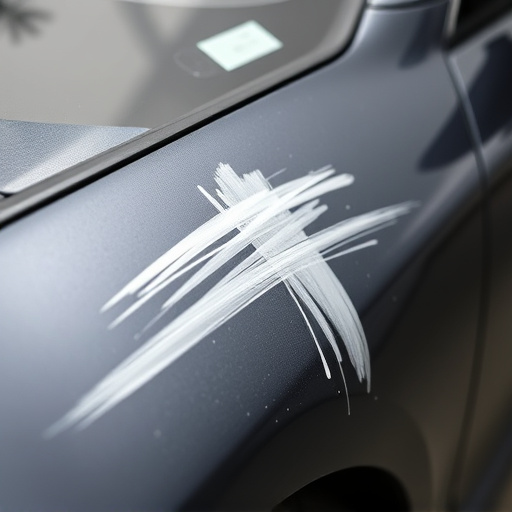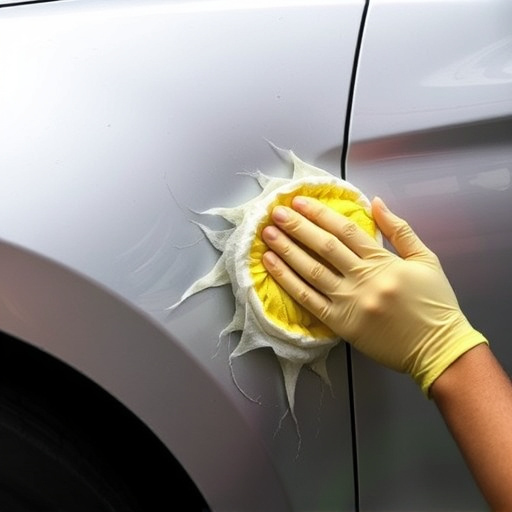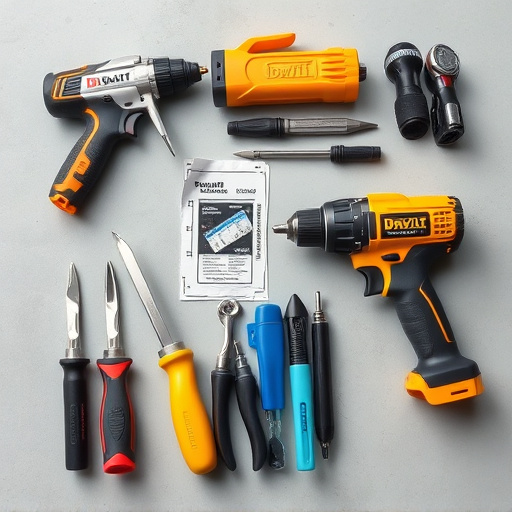TL;DR:
Repair photo documentation is crucial in the auto body shop industry for transparency, damage assessment, and insurance claims. In the digital era, privacy concerns require shops to implement stringent data protection measures, like GDPR compliance, client consent, and training, to safeguard vehicle and personal information visible in photos. These practices build trust, ensure ethical repair processes, and maintain confidentiality while leveraging detailed repair photo documentation for quality control and customer satisfaction.
In today’s digital age, effective repair photo documentation is essential for both repair technicians and clients. This comprehensive guide delves into the fundamentals of creating detailed, yet secure, records through visual evidence. From capturing precise images to addressing privacy concerns, we explore best practices for balancing transparent documentation with client confidentiality. By understanding these principles, you’ll enhance your workflow and ensure a harmonious relationship with customers.
- Understanding Repair Photo Documentation: The Basics
- Privacy Concerns in Digital Photo Documentation
- Balancing Repair Documentation and Client Confidentiality
Understanding Repair Photo Documentation: The Basics
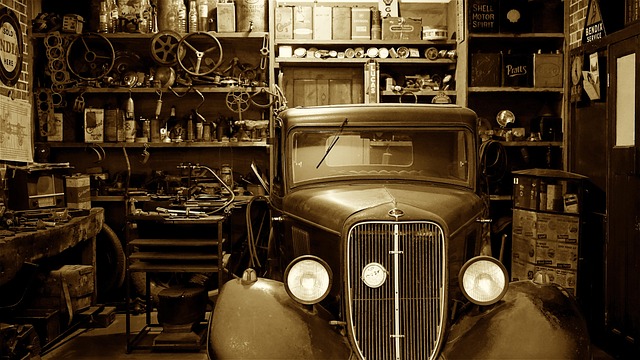
Repair photo documentation is a crucial process that involves capturing detailed images of vehicles undergoing auto body shop repairs or tire services. It serves as a visual record of the vehicle’s condition before, during, and after the repair process. These photos are not just for internal use but also play a significant role in ensuring transparency and accountability within the industry.
By documenting each step of the repair process, whether it’s assessing damage from a vehicle collision repair or replacing worn-out tires, auto body shops can accurately track progress and maintain high standards. This visual evidence is invaluable when dealing with insurance claims, as it provides a clear picture of the extent of the damage and the quality of the restoration work. Repair photo documentation fosters trust between workshops, customers, and insurers, ensuring everyone involved has a comprehensive understanding of the vehicle’s condition throughout its repair journey.
Privacy Concerns in Digital Photo Documentation

In the era of digital documentation, privacy concerns around repair photo documentation are increasingly important. When photos of damaged vehicles or repair processes are taken, they often contain sensitive information that could compromise privacy. For instance, vehicle registration plates, addresses visible in the background, and even faces of individuals working on the vehicle can all be identified and used maliciously if not properly secured. Repair photo documentation practices must therefore incorporate robust data protection measures to safeguard personal and confidential details.
Auto repair shops and vehicle body shops that handle repair photo documentation need to understand their legal obligations regarding privacy laws like GDPR (General Data Protection Regulation) or CCPA (California Consumer Privacy Act). This includes implementing procedures for securely storing, sharing, and discarding such images. Additionally, consent from clients before capturing and using these photos is crucial. Furthermore, ensuring that all personnel involved are trained in handling this data discreetly and adhering to established protocols will help maintain the confidentiality of repair information, fostering trust among customers and promoting ethical practices in auto painting and repair services.
Balancing Repair Documentation and Client Confidentiality

In the realm of automotive repair, especially after a car collision or extensive car body repair, documenting the process through detailed photographs is crucial for tracking progress and ensuring quality control. However, balancing this need for comprehensive record-keeping with client confidentiality requires meticulous care. Repair photo documentation offers invaluable insights into the transformation of damaged vehicles, from initial assessments to final finishes—essential for insurance claims, customer satisfaction, and legal purposes.
Yet, capturing these images also raises privacy concerns, particularly when it comes to sensitive car paint repair details or personal information on the vehicle’s interior. Reputable repair facilities must establish clear protocols to ensure that client data remains secure and is only shared with relevant parties. This involves implementing strict access controls, anonymizing documentation where possible, and adhering to legal guidelines regarding data privacy and protection, especially when dealing with the intricate details of car collision repair or meticulous car paint repair processes.
In conclusion, effective repair photo documentation is essential for maintaining client trust and ensuring quality workmanship. However, as digital imaging becomes ubiquitous, it’s crucial to balance detailed documentation with stringent privacy considerations. By implementing robust data protection measures, professionals can safeguard sensitive information while leveraging the benefits of modern technology in their practices.
